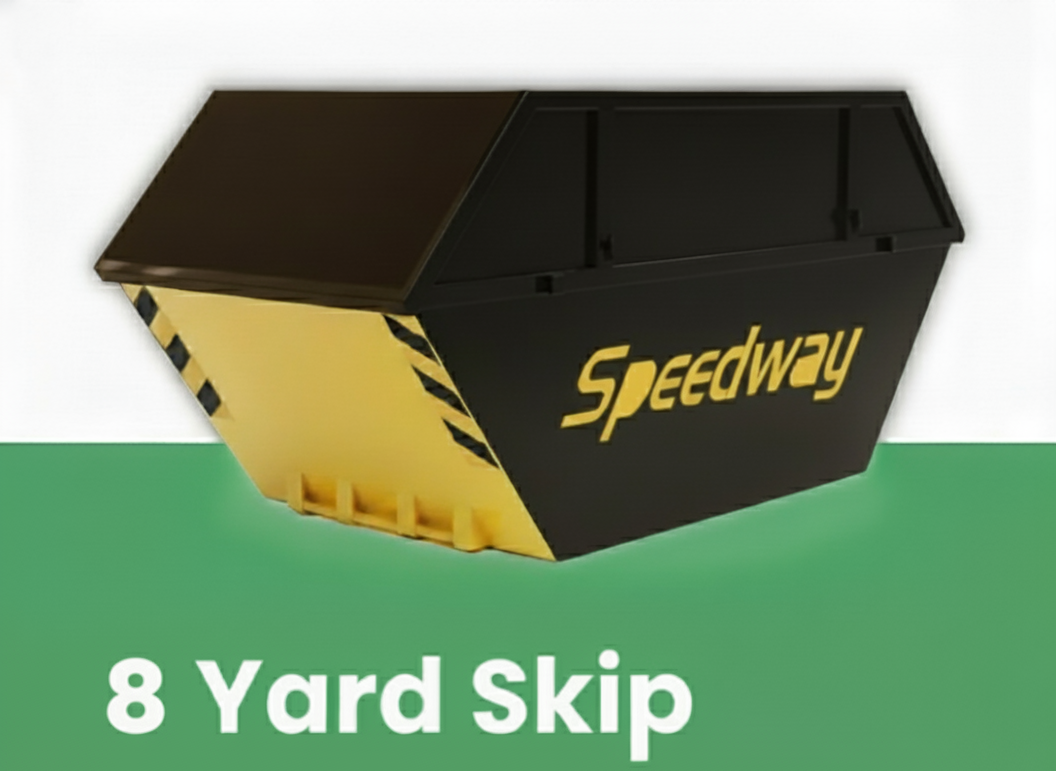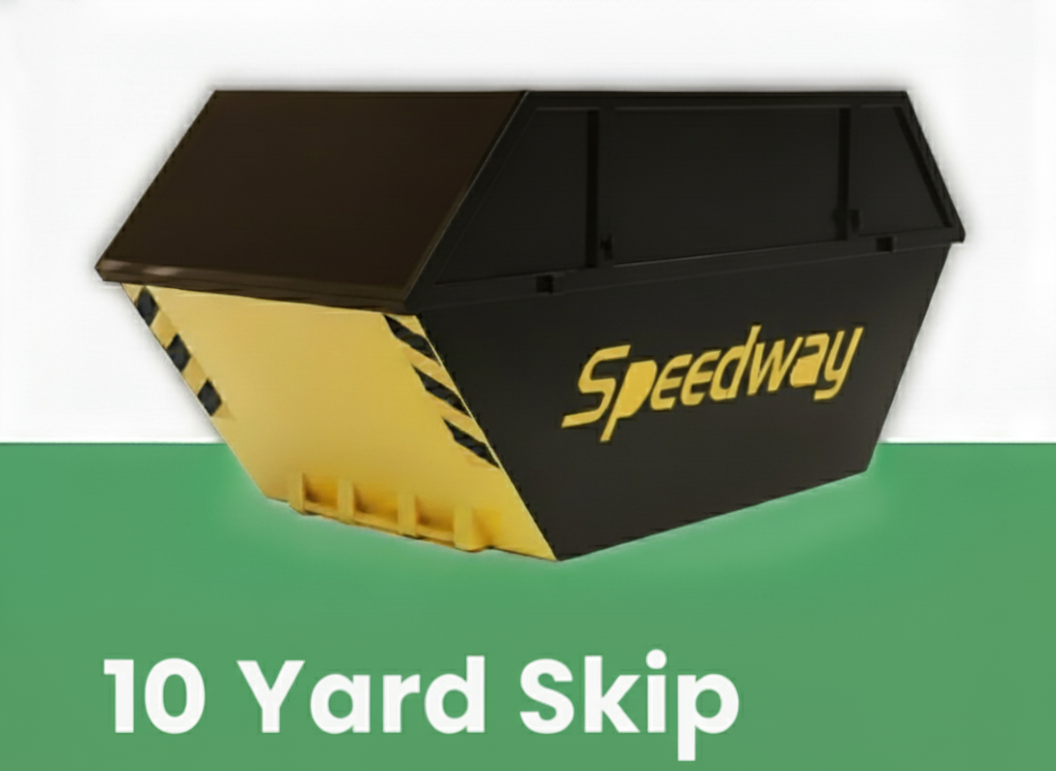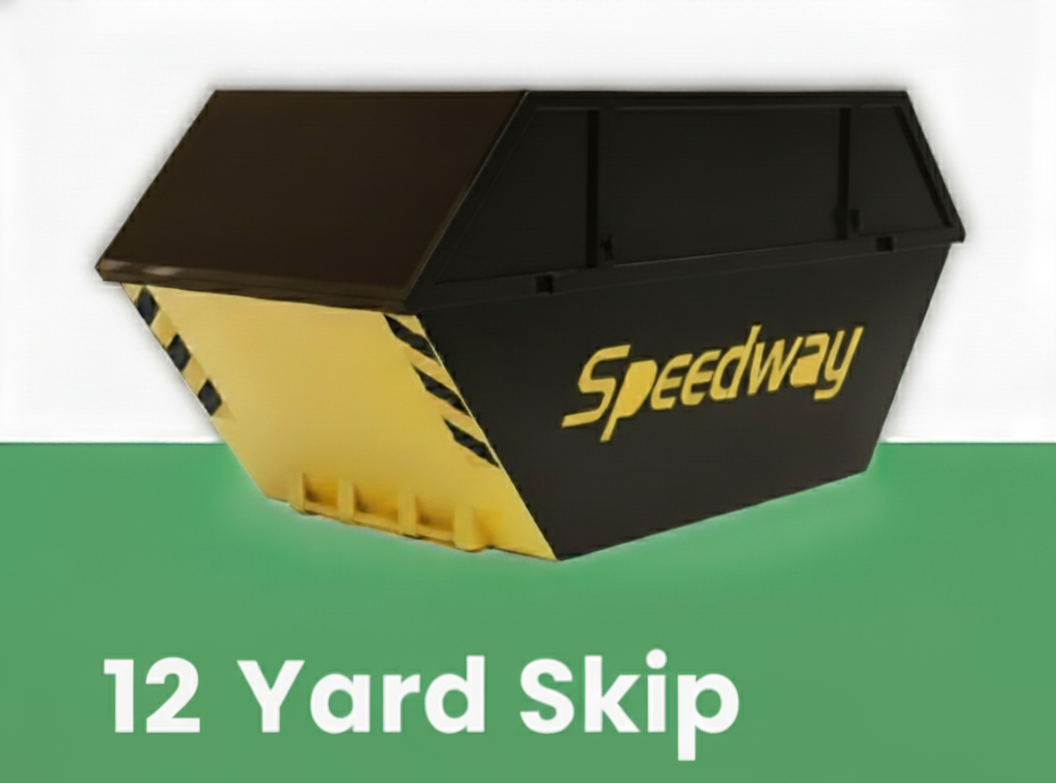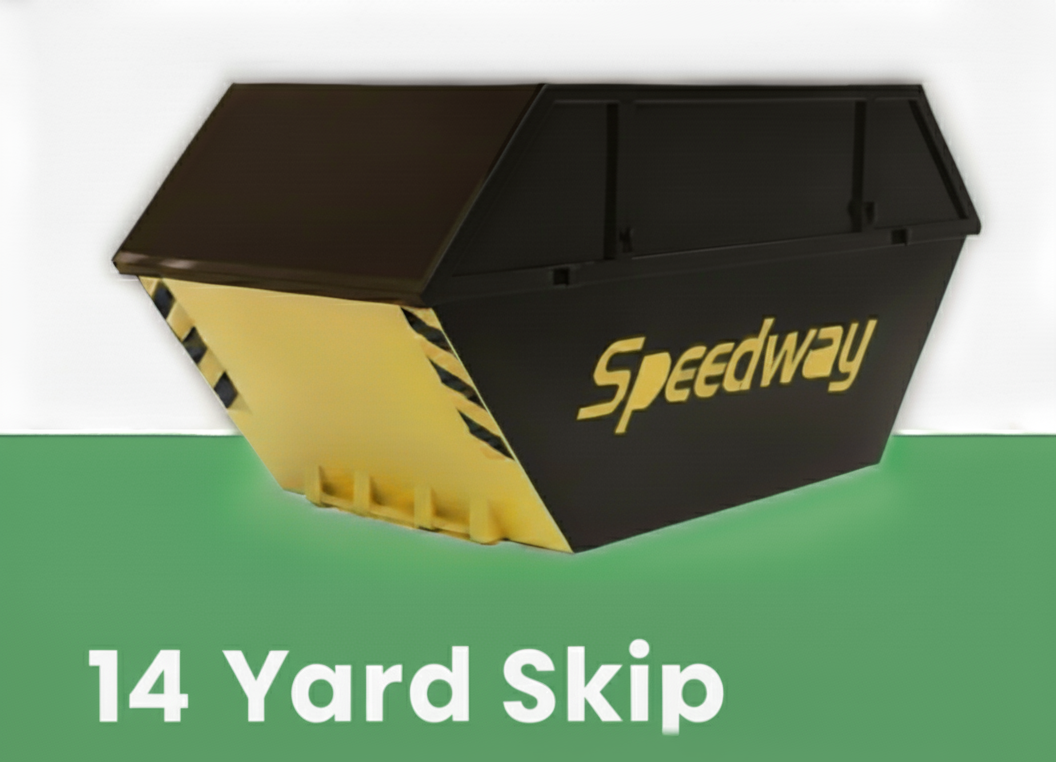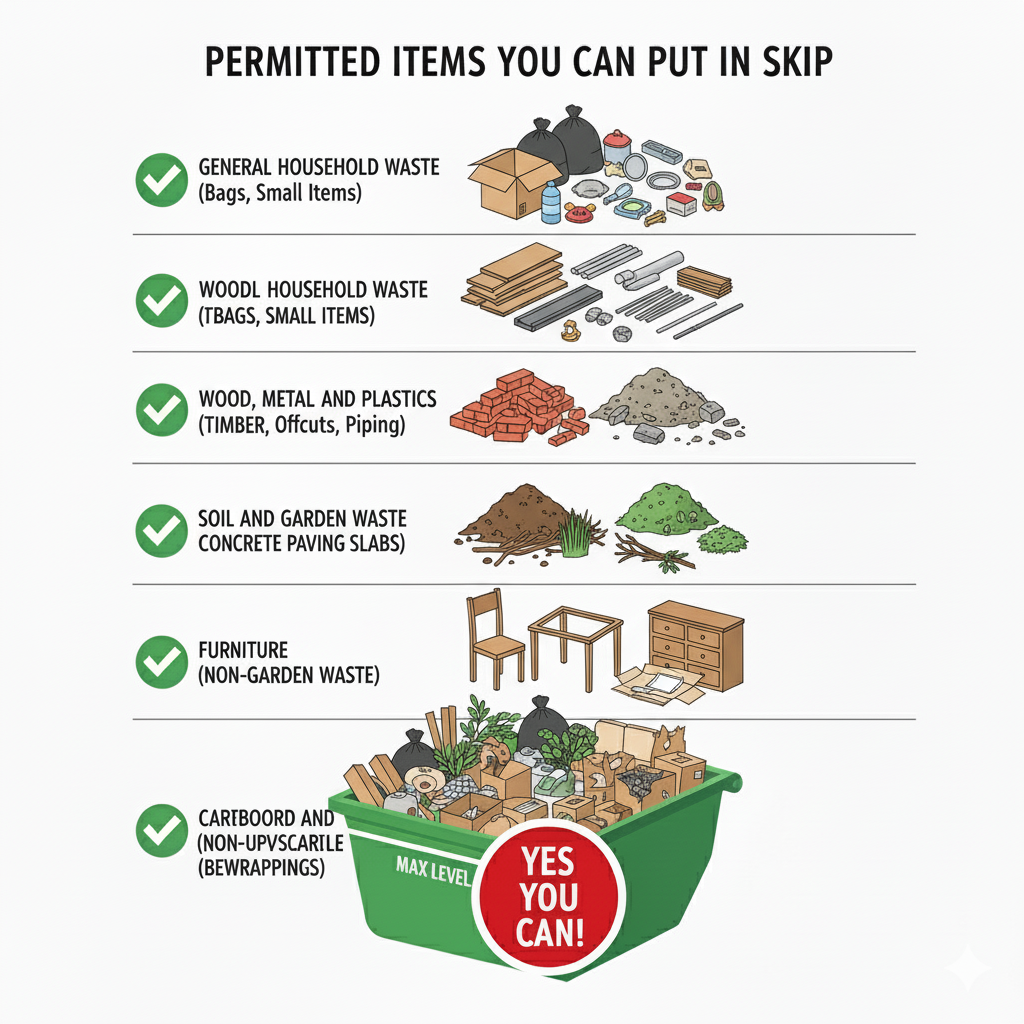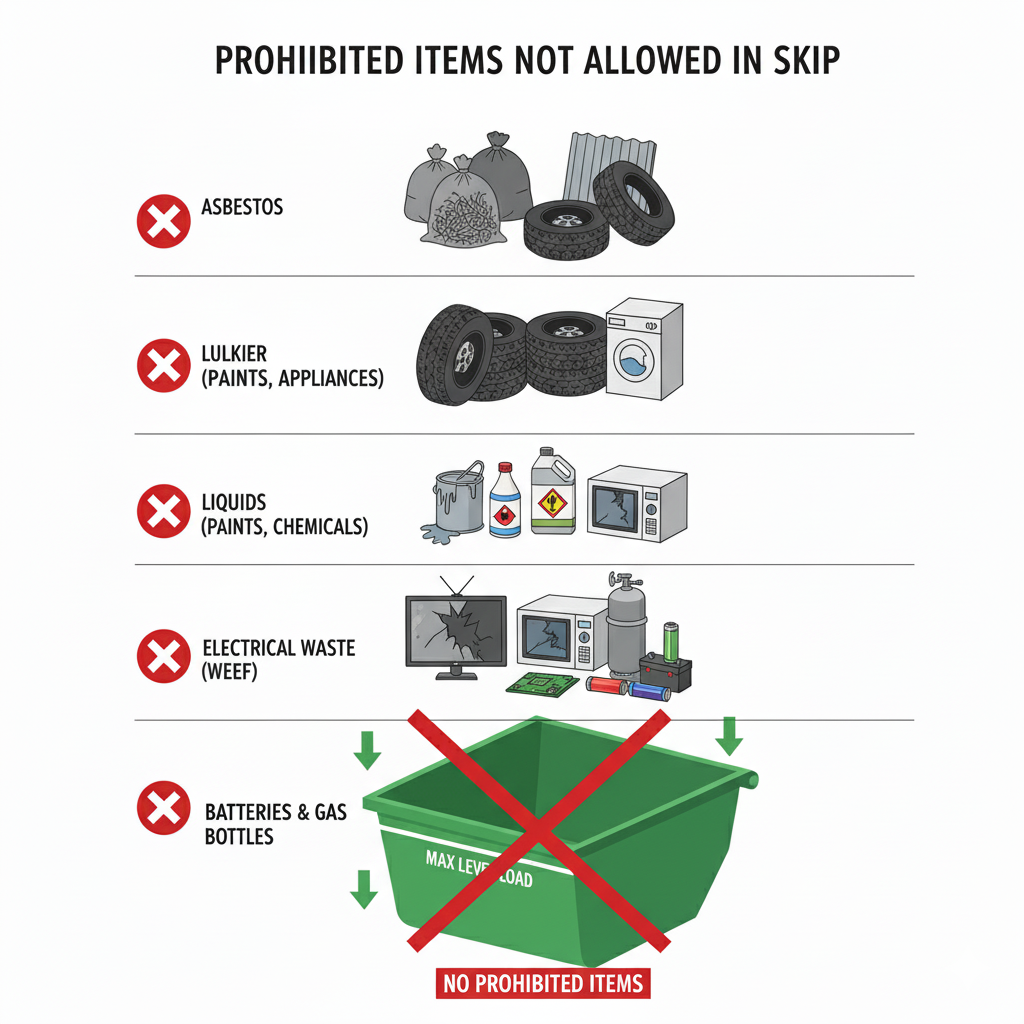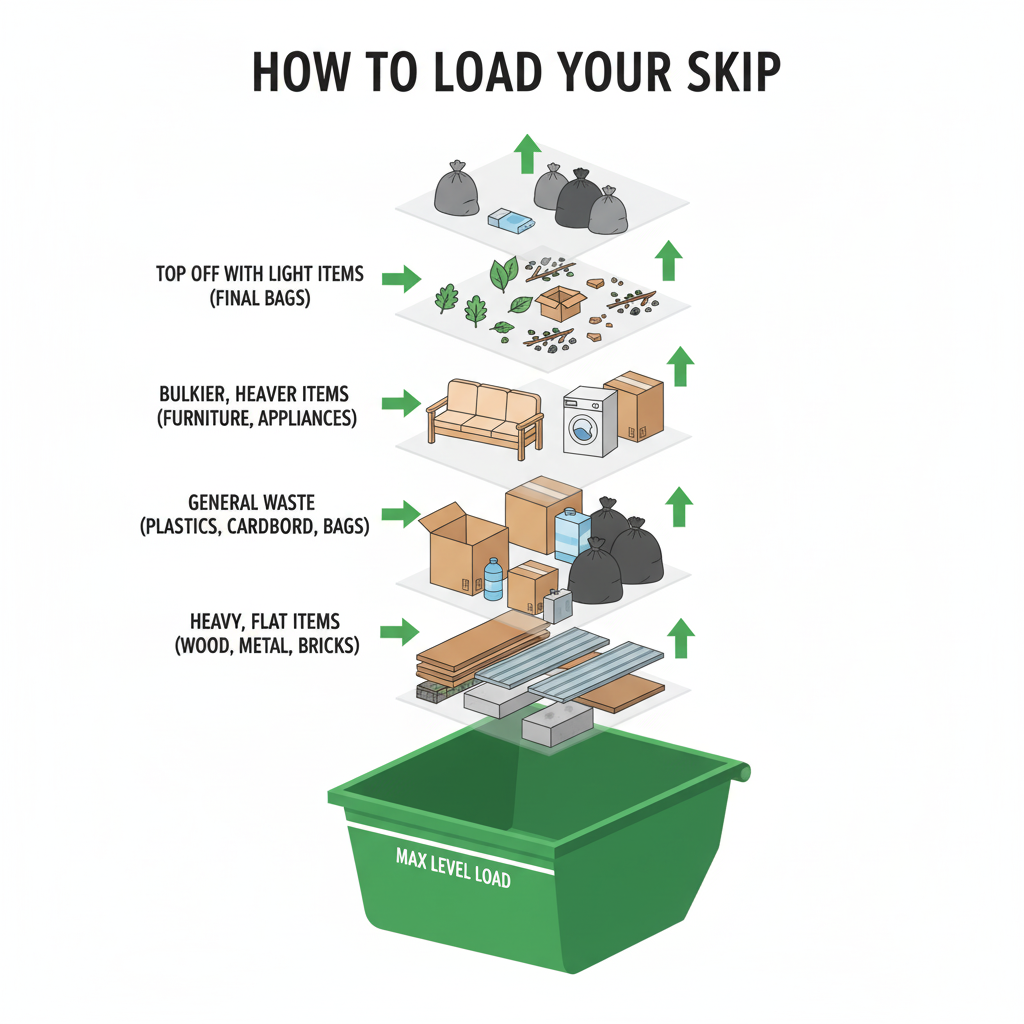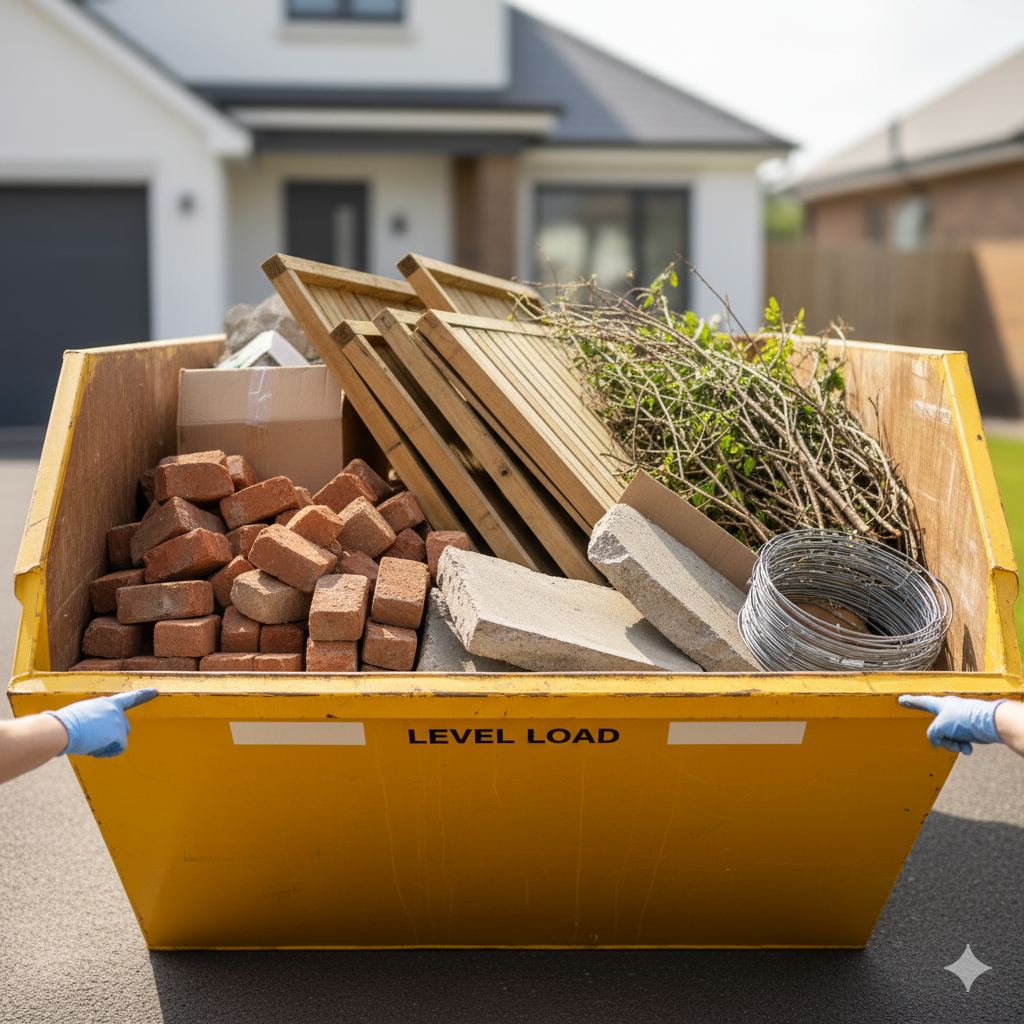
5
Easy Steps to Hiring a Skip
Welcome to the Complete Guide
Hiring a skip is the easiest way to manage waste for any big project. But which size do you need? What are the rules? This guide will teach you everything you need to know in 5 simple steps, starting with which skip is right for you.
How It Works: A Quick Overview
- Choose Your Size: Use our guide below to pick the perfect skip.
- Book Delivery: Pick a date and tell us where to put it.
- Fill Your Skip: Load your waste, following the rules below.
- Call for Collection: We pick it up and handle all the recycling.
